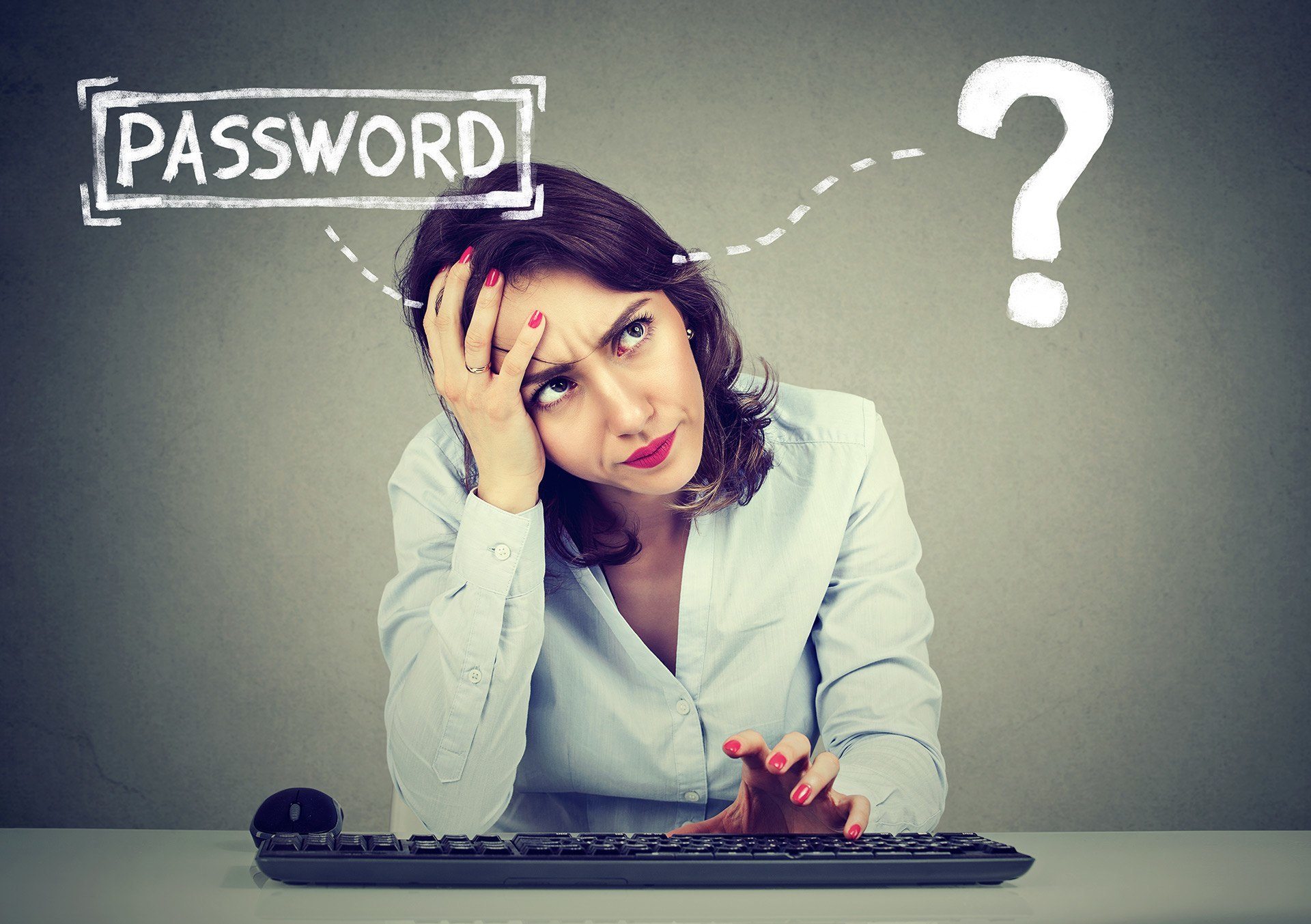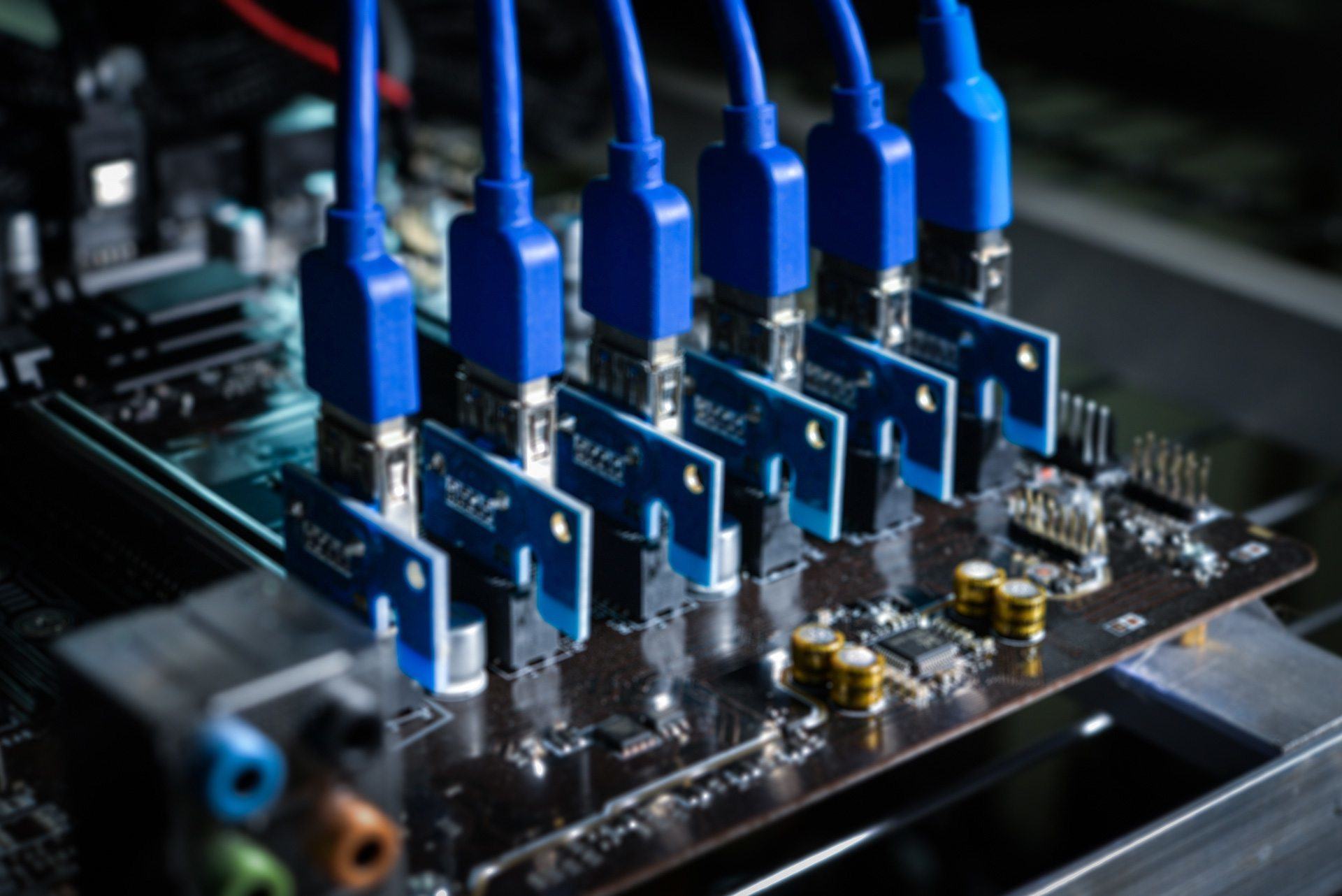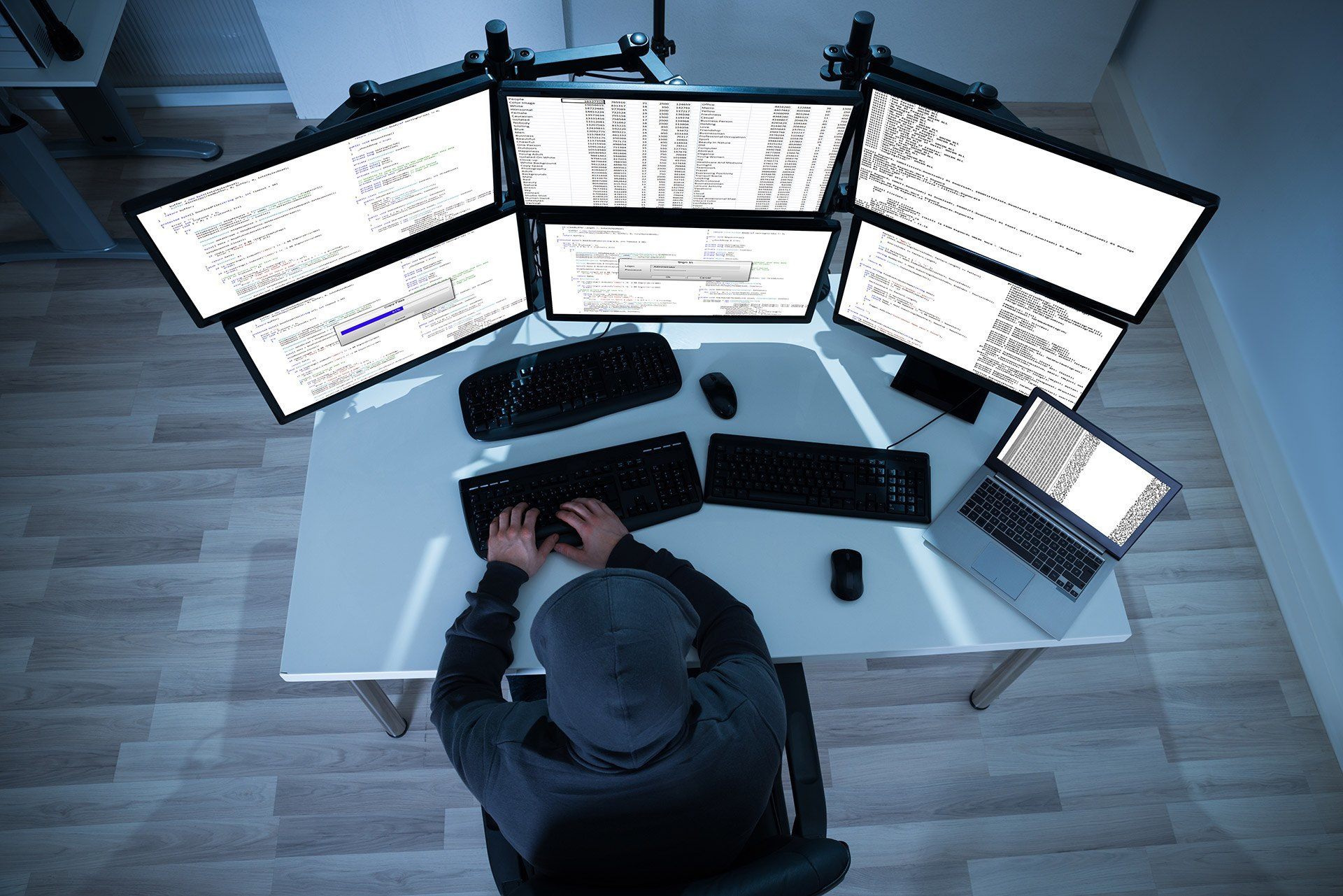Software applications come and go. They create their own files, often in proprietary formats. Later on, their publishers may go out of business or stop supporting that app. The application will keep running for the time being, until an operating system upgrade breaks it. Then you can be stuck with unreadable files.
Watch For the Warning Signs
Whenever you use an application that works with a private file format, you need to be careful. If it’s a hugely popular format like Photoshop’s native files, you’re OK, since other developers have created software that will work with it. You aren’t dependent on any vendor even if the format’s technically proprietary. But in other cases, the application is the only way to read the files. If it stops working, you’re stuck.
When possible, you should work with formats that have broad support. Ideally, this means ones with published specifications that anyone can implement. Sometimes, though, you have to use an application that locks you in. You need to be careful.
Keep Your Information Safe
These applications usually support some kind of export format. If they didn’t, they’d be on their own island, with no way to give data to anyone else’s software. At a minimum, they’ll probably let you print to a PDF file. This isn’t ideal; you can’t easily edit a PDF, and you lose the underlying file structure. At least you have the information in a human-readable form.
Software of this kind often supports an interchange format. That’s an improvement, since it will give you the information in a way that other applications can import and do things with. The exported files might be huge and inefficient, but they protect you against the worst-case situation.
If you create a lot of files, exporting them all gets tedious. An automated script, run regularly, can be the best way to make sure you have a backup against data decay. The best situation is to avoid getting locked into an obscure file format, but if you have to, you should give yourself an emergency exit.
We can help you to avoid putting your files at risk. Contact us to learn more.











